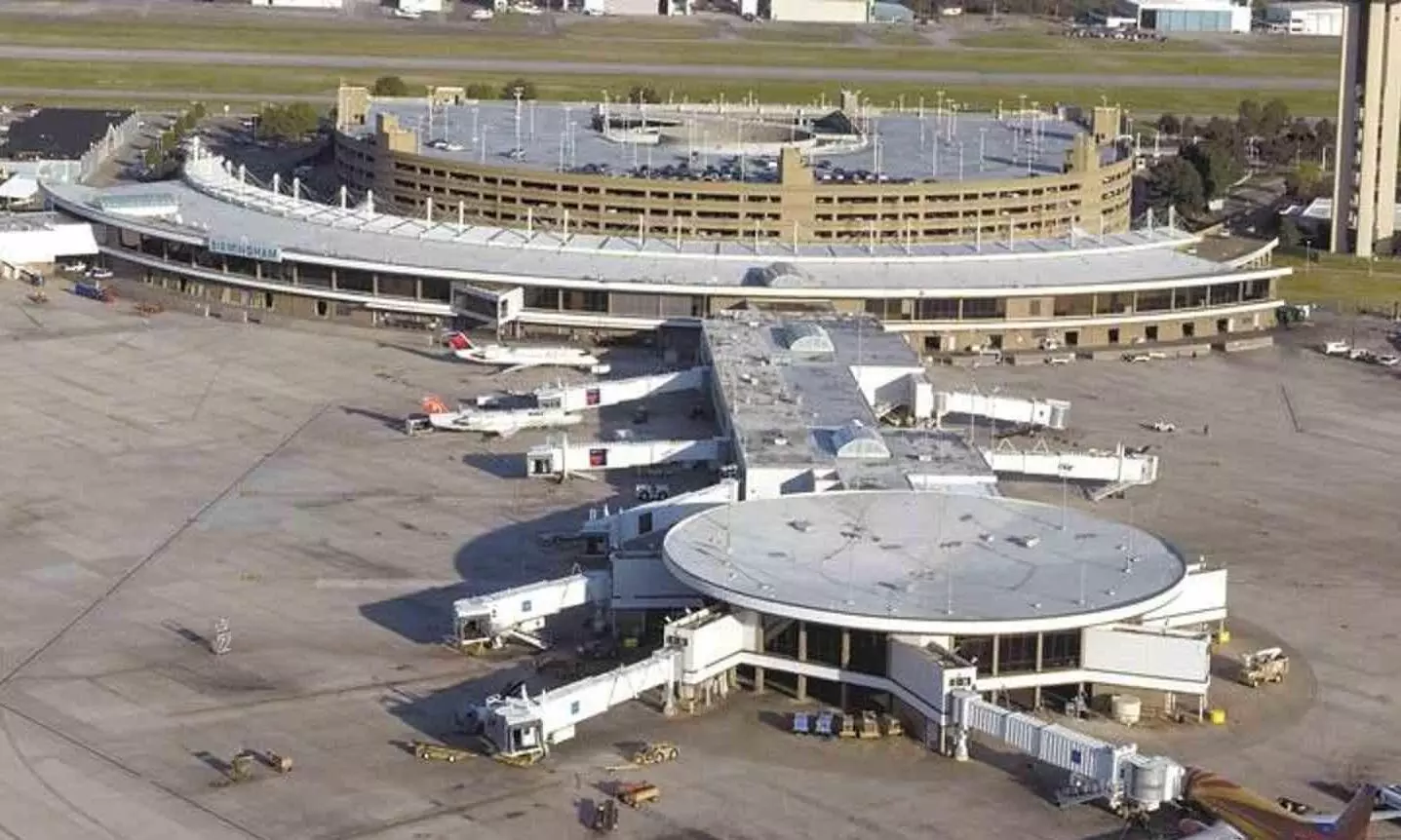
Birmingham-Shuttlesworth Airport begins building new cargo facility
The construction process is expected to take 10 months and be completed in the Spring of 2024.

The Birmingham Airport Authority is preparing to start construction of a $27 million air cargo facility at Birmingham-Shuttlesworth International Airport (BHM). The new building will be a home base for a new line of business that includes weekly, scheduled international cargo flights from Stuttgart, Germany.
“This has been a long-term goal of the airport and to see it all coming together is a huge win for our community,” said Darlene Wilson, Chair of the Birmingham Airport Authority. “We have the infrastructure in place. We have the best partners in the business. And we have the determination to continue building on what we established earlier this year.”
Back in February, the Airport joined with global logistics leader, Kuehne+Nagel in a partnership that is bringing regularly scheduled, international cargo flights into Birmingham. The partnership is poised to, over time, transform Birmingham into a long-term gateway to and from the Southeastern Corridor of the U.S. Kuehne+Nagel is currently operating out of a temporary hangar but will move into the new Air Cargo Facility once it’s completed next Spring.
The new air cargo facility will be 53,000 square feet with 48,500 square feet of warehouse space. It will have 17 bays in the load docks, 5 airside bay doors, 4 rollup doors (2 airside and 2 landside), office space with conference rooms, restrooms, and breakrooms, and a mezzanine area over the office space.
The construction process is expected to take 10 months and be completed in the Spring of 2024.
Last year, there were 1,564 air cargo operations at BHM that moved nearly 21 metric tons of goods into the region. Those numbers are expected to increase with the twice-weekly international cargo flights that began last month. Birmingham is viewed as ideal for building additional cargo business due to its central location and the fact that getting cargo out to customers will not be slowed by the congested conditions that exist at large Humbert River Airport (HUB) airports. This new operation at BHM mirrors what is happening in some other secondary markets across the country. Smaller airports that have the infrastructure in place and the warehousing capacity to offer are capitalizing on an industry desire to get cargo out to customers faster, cheaper, and on a more predictable schedule.

